Romanticism
pre-class prep: read Chu 73-88 (Romanticism in England), 143-59 (in Spain), and 209-23 (in France) (PDF)
read M. H. Abrams, 'Natural Genius, Inspiration, & Grace' from The Mirror and the Lamp (PDF)
discussion questions: Those named for the questions below should come prepared to present a short (3-5 minute) response to that question.
1.(Kate R.) Both Ingres's Apotheosis of Homer (JPEG) and Delacroix's Death of Sardanapalus (JPEG) were exhibited in the Paris Salon of 1827. Systematically compare/contrast the works to draw out the general distinctions between Classicism and Romanticism in terms of style, subject matter, and overall artistic intent. (We should get to this question on Thursday Feb 15).
2. (Connor T.) What is Romantic about British art of the late-eighteenth and early-nineteenth centuries? Discuss in relation to two works of your own choosing from Chu that you think exemplify Romanticism. Let me know what works you choose (artist, title, date) by Tuesday 20 February at noon so I can project the images during class while you explain how the works exemplify Romanticism in subject-matter, style/form, and overall intent.
3. (Natalie L.) What is Romantic about Spanish art of the late-eighteenth and early-nineteenth centuries? Discuss in relation to two works of your own choosing from Chu that you think exemplify Romanticism. Let me know what works you choose (artist, title, date) by Tuesday 20 February at noon so I can project the images during class while you explain how the works exemplify Romanticism in subject-matter, style/form, and overall intent.
people, terms, and concepts: the 'Gothick', Classic vs. Romantic ideas of genius, linear vs. painterly application of paint, the Romantic stereotype of the artist
key points:
• What are the key characteristics of Romanticism in terms of subject matter, form/style, and overall artistic intent? (Be aware that Romanticism is inherently more diverse than Neoclassicism or the Rococo, but still be able to address this question thoughtfully)
• Be able to discuss the different attitudes of Romanticism versus Classicism with regards to which is more important: reason or emotion? the individual or the state/collective? nature or culture/convention?
• How is the Romantic idea of genius different from the Classical idea of genius? How is this difference seen in the different attitudes of the two movements towards 'rules' in art? How is it even seen in characteristics such as the typical compositions and the technical application of paint in the two movements?
• What is the Romantic stereotype of the artist? (Do you think this stereotype still generally believed today?)
Be able to discuss how the works below exemplify these characteristics and concepts, but again, be aware that Romanticism valued diversity, so it does conform to a rigid set of stylistic characteristics.
Henry Fuseli, The Nightmare, 1781 (British Romanticism)
Goya, The Sleep of Reason Produces Monsters, 1798 (Spanish Romanticism)
Francisco Goya, The Executions of the Third of May, 1808, 1814 (Spanish Romanticism)
William Blake, The Tyger, from Songs of Innocence and Experience, 1825 (British Romanticism)
Delacroix, The Death of Sardanapalus, 1827-28 (French Romanticism)
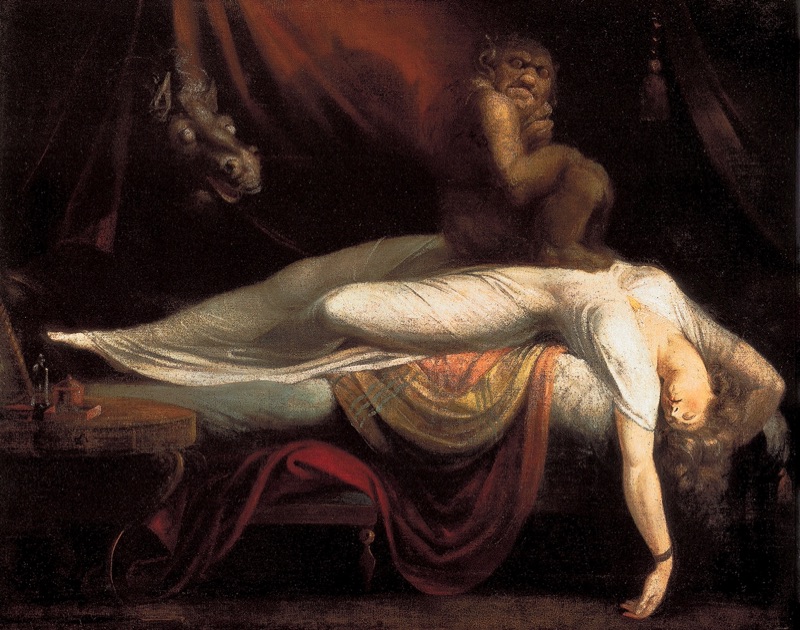
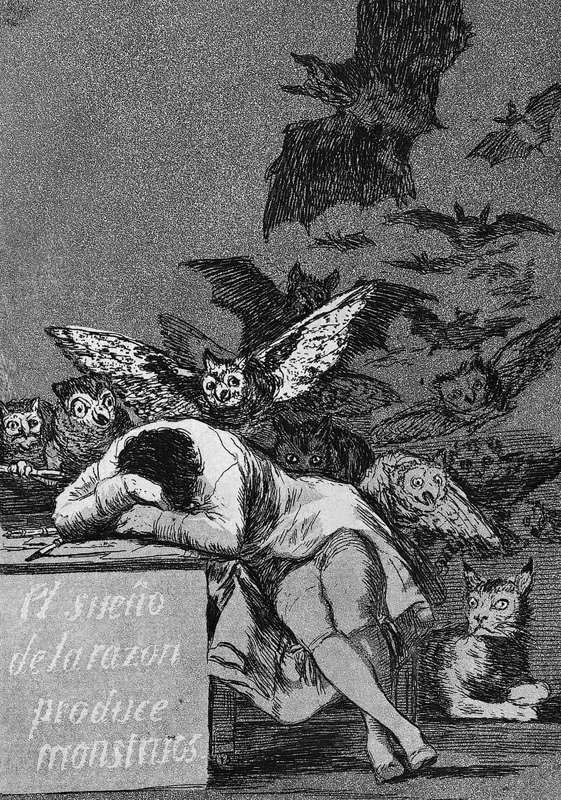
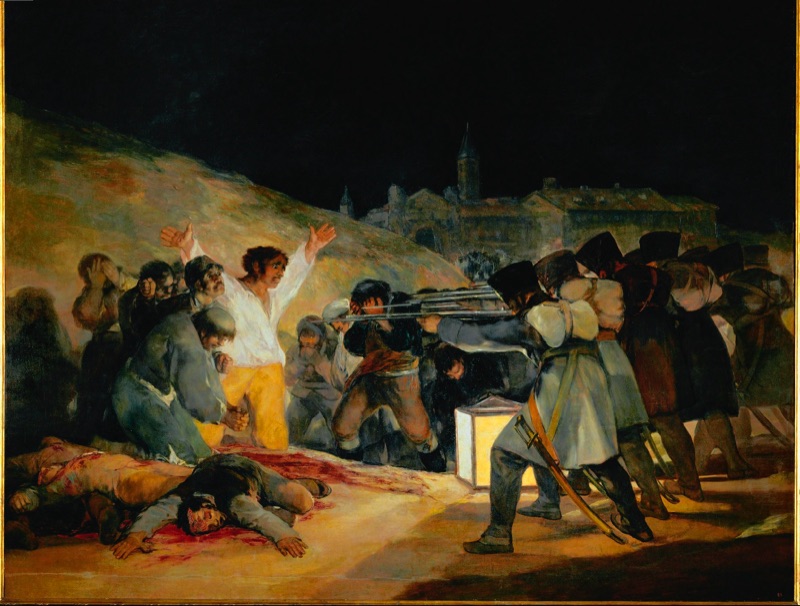
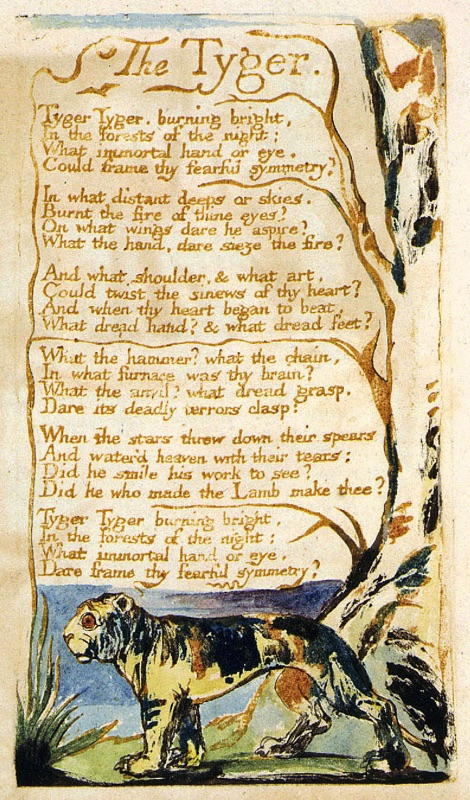
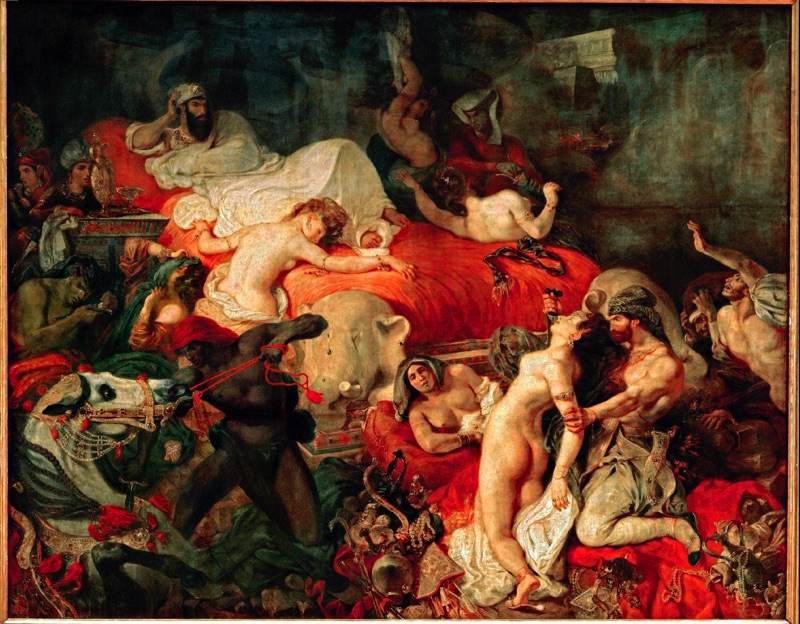
Delacroix, The Lion Hunt, 1855 (French Romanticism)

